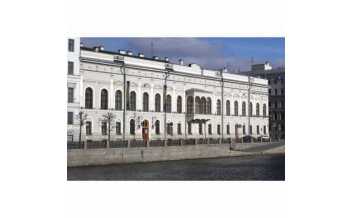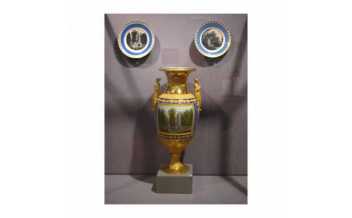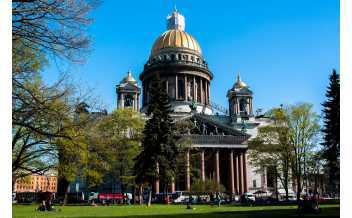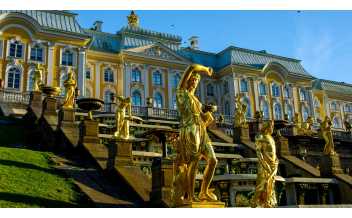"The most abstract and intentional city on the entire globe." Fyodor Dostoevsky
For most people Russia still conjures up images of a land of bitterly cold winds, cutting across desolate wastes, of people queuing for hours just to buy bread. It's also home to vodka and James Bond villains. But this is a country so hard to define that it prompted Winston Churchill to call it a 'riddle wrapped in a mystery inside an enigma'. At its height, in the mid 19th century, the empire of the Romanovs comprised more than one sixth of the earth's surface. It was a "whole world, self-sufficient, independent, and absolute", flaunting the greatest wealth in Europe. Its culture, both rich and brilliant, would continue to shine, decades after the demise of its imperial benefactors.
It is only in recent years that this mystery is beginning to unravel, as the Russian government finally realises that whilst tourism may not look as exciting as the oil or nickel industry, it does have huge untapped potential for bringing in badly needed foreign spending power. So gradually the iron curtain is starting to lift, and for tourists this means that the days of being shunted around in large groups are now a thing of the past and independent travel within this fascinating and beautiful country is now a real possibility.
Activities
-
Fabergé Museum in Saint Petersburg
The lavish Suvalov Palace is now the museum of Fabergé, with the largest...
-
Imperial Porcelain Factory, Saint Petersburg
This museum displays items produced by the Imperial Porcelain Factory over...
-
Kresty Prison, Saint Petersburg
Built in 1893, this imposing red brick building was Europe's largest solitary...
-
Mariinsky Theatre, Saint Petersburg
The home of St Petersburg’s prestigious ballet and opera companies, the...
-
Menshikov Palace, Saint Petersburg
Home of the first governor of the city, the Menshikov Palace was the first...
-
Moika Palace, Saint Petersburg
Also known as the Yuposov Palace after the family who owned it for...
-
Museum of Political History of Russia, St....
Housed in the stunning art nouveau mansion once lived in by ballerina...
-
Museum of Russian Submarine Forces, Saint...
Named in honour of Soviet commander Alexander Marinesko, this museum was...
-
Peter and Paul Fortress, Saint Petersburg
Peter and Paul fortress is unique example of Russian fortification...
-
-
Saint Petersburg Toy Museum
In the three halls of this museum, you will see examples of folk toys from...
-
State Museum of the History of Saint...
This museum includes seven branches, and has a collection of some 1.5 million...
-
The Hermitage Museum, Saint Petersburg
The Hermitage has the largest art collection in the world. More than...
-
The Peterhof, Saint Petersburg
In 1714 Peter I was seized by a desire to create a suburban residence that...
-
The State Russian Museum, Saint Petersburg
In 1895 shortly after the death of Emperor Alexander III, his son and heir of...
-
Tsarskoye Selo, Saint Petersburg
The State Museum-Reserve "Tsarskoe Selo" (GMZ "Tsarskoe Selo") - a brilliant...





















